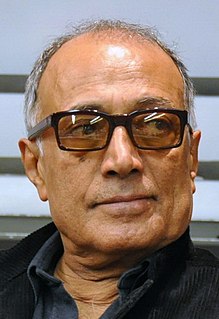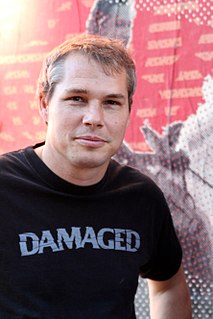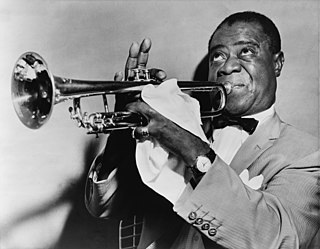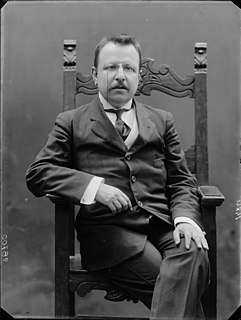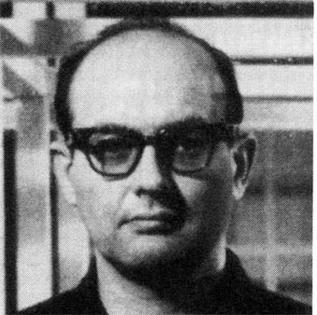A Quote by Abbas Kiarostami
What I am trying to say is that it is not without any value. The value of copies is that they can direct us towards the original. I was recently at the Louvre Museum and I was filming people who were viewing the Mona Lisa. I noticed the number of ordinary people, astonished, mouths agape, standing still for long stretches looking at the work, and I wondered, "Where does this come from? Are these people all art connoisseurs?" They are like me; through the years, we've seen this work in our schoolbooks or art history books, but when we stand before the original, we hold our breath.
Quote Topics
Agape
Am
Any
Art
Art History
Astonished
Before
Books
Breath
Come
Copies
Direct
Does
Filming
History
History Books
Hold
Like
Like Me
Long
Looking
Louvre
Me
Mona
Mona Lisa
Mouths
Museum
Noticed
Number
Ordinary
Ordinary People
Original
Our
People
Recently
Say
Seen
Stand
Standing
Standing Still
Still
Through
Through The Years
Towards
Trying
Us
Value
Viewing
Were
Without
Wondered
Work
Years
Related Quotes
The way I make art - the way a lot of people make art - is as an extension of language and communication, where references are incredibly important. It's about making a work that is inspired by something preexisting but changes it to have a new value and meaning that doesn't in any way take away from the original - and, in fact, might provide the original with a second life or a new audience.
I went to art school... but I worked at the Museum of Modern Art. I worked in fundraising at the information membership desk. I ended up, over a period of time, doubling the amount of membership revenue that came in through people entering the museum, so people would ask me to come and work for them.
The Mona Lisa, to me, is the greatest emotional painting ever done. The way the smile flickers makes it a work of both art and science, because Leonardo understood optics, and the muscles of the lips, and how light strikes the eye - all of it goes into making the Mona Lisa's smile so mysterious and elusive.
That was the real secret of the Tarahumara: they'd never forgotten what it felt like to love running. They remembered that running was mankind's first fine art, our original act of inspired creation. Way before we were scratching pictures on caves or beating rhythms on hollow trees, we were perfecting the art of combining our breath and mind and muscles into fluid self-propulsion over wild terrain. And when our ancestors finally did make their first cave paintings, what were the first designs? A downward slash, lightning bolts through the bottom and middle-behold, the Running Man.
There are so many people who have a training in art history; and if you've spent time looking at old art, you become attuned to what art does through materiality and so you begin to look to that in contemporary art as well. And anyway, I do think that matching one's experience with what you're looking at and questioning what you're looking inevitably involves materiality, just like it involves the sense of place.
Our time and attention is scarce. Art is not that important to us, no matter what we might like to believe... Our love of art is often quite temporary, dependent upon our moods, and our love of art is subservient to our demand for a positive self image. How we look at art should account for those imperfections and work around them. Keep in mind that books, like art museums, are not always geared to the desires of the reader. Maybe we think we are supposed to like tough books, but are we? Who says? Many writers (and art museums) produce for quite a small subsample of the... public.
They say that art should stand the test of time. Life lasts a limited amount of time. Mountains and trees and earth will outlive human beings, but we don't know if they will be here always. Art does outlast the life span of its maker. Art should communicate to an increasing circle of strangers-people who do not know the artist, but come to know the work, and through the work, come to know something about the humanity of the artist that rings with their own humanity.
